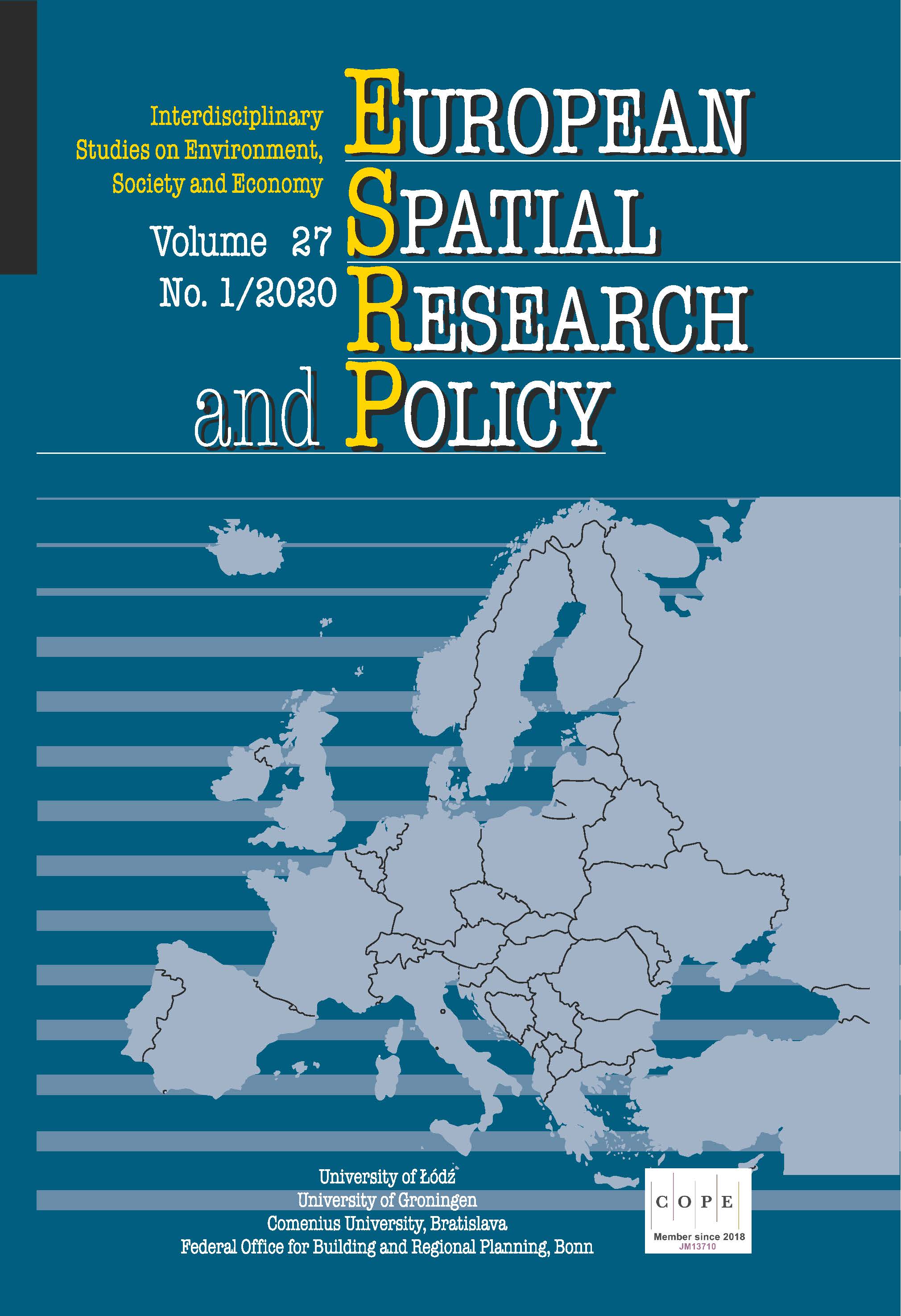The Mortality Structure of Populations the Demographic and Socio-Economic Situation in European Union Countries: Development and Differentiation in the Period 2011–2014
The Mortality Structure of Populations the Demographic and Socio-Economic Situation in European Union Countries: Development and Differentiation in the Period 2011–2014
Author(s): Dana Hübelová , Alice Kozumplíková, Veronika WalicováSubject(s): Economy, Sociology, Demography and human biology
Published by: Wydawnictwo Uniwersytetu Łódzkiego
Keywords: demographic and socio-economic indicators;cause-specific mortality;composite indicator;European population comparison
Summary/Abstract: The purpose of the study is to compare the differentiation of the demographic and socio-economic indicators and the structure of mortality of the population in EU countries in the period 2011–2014. The composite indicator of mortality structure revealed the most favourable situation in Finland (134.4%), while the worst situation was found in Hungary (63.8%). The best demographic and socio-economic situation was found in Luxembourg (165.4%) and the worst in Hungary (64.9%), Greece (65.9%) or Lithuania (67.3%). The regression model equation shows that the mortality structure is strongly affected by the variables of life expectancy at birth and education. It is evident that there was a differentiation in the demographic and socio-economic indicators in EU countries in the period 2011–2014, while there was no unambiguous trend of the convergence of the mortality structure among EU countries.
Journal: European Spatial Research and Policy
- Issue Year: 27/2020
- Issue No: 1
- Page Range: 173-193
- Page Count: 21
- Language: English

